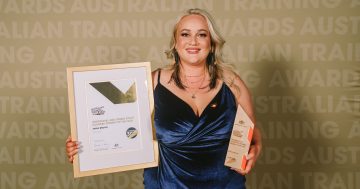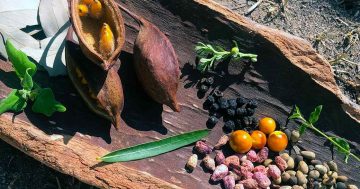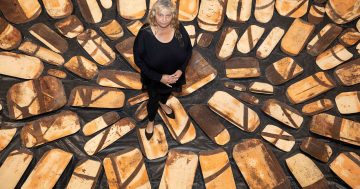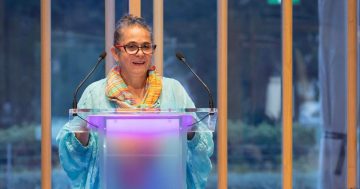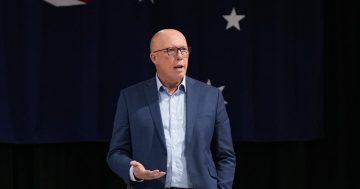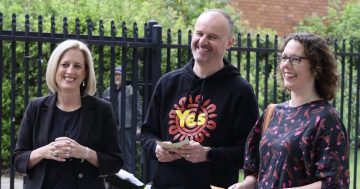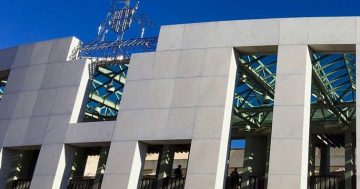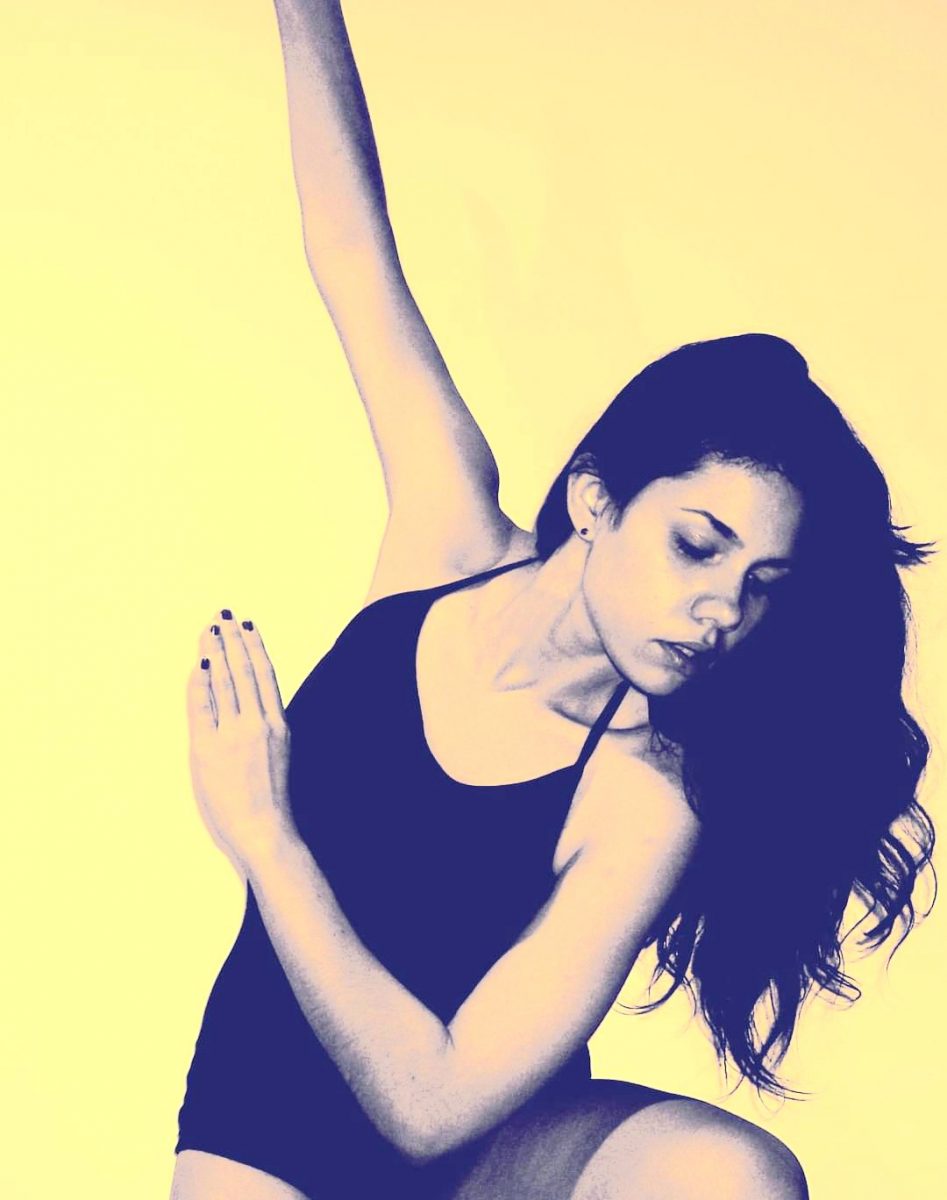
Indigenous dancer Casey Keed has a passion for sharing her artform. Photo: Supplied.
For Dunghutti and Wiradjuri woman Casey Keed, connecting with Country is integral to her performance and creative process as a dancer. Now, Casey is working to ensure other Aboriginal and Torres Strait Islander artists are also able to tune in to Country they’re on to inspire their own work.
Raised on Ngunnawal Country, Casey found that although it wasn’t her traditional Country, she drew inspiration from being there.
“I know some people like to connect to Country through a book or looking out the window,” Casey said.
“For me, being able to draw movement and energy from Country and healing is incredible and something I constantly put in my teaching plans.
“I taught at a school last week and we stepped outside without shoes on. I said to the students ‘let’s just take a minute and own the fact that we’re dancing on Country right now’.”
It’s not just children Casey is encouraging to reflect on the place where they create. She recently facilitated a gathering of cultural creatives at a session run by the University of Canberra (UC) and ArtsACT.
The session, formatted as a Yarning Circle, at the Belconnen Arts Centre in August encouraged Aboriginal and Torres Strait Islander artists, art workers, and art supporters to participate in a round-table event to explore themes, issues, and opportunities for the ACT creative sector.
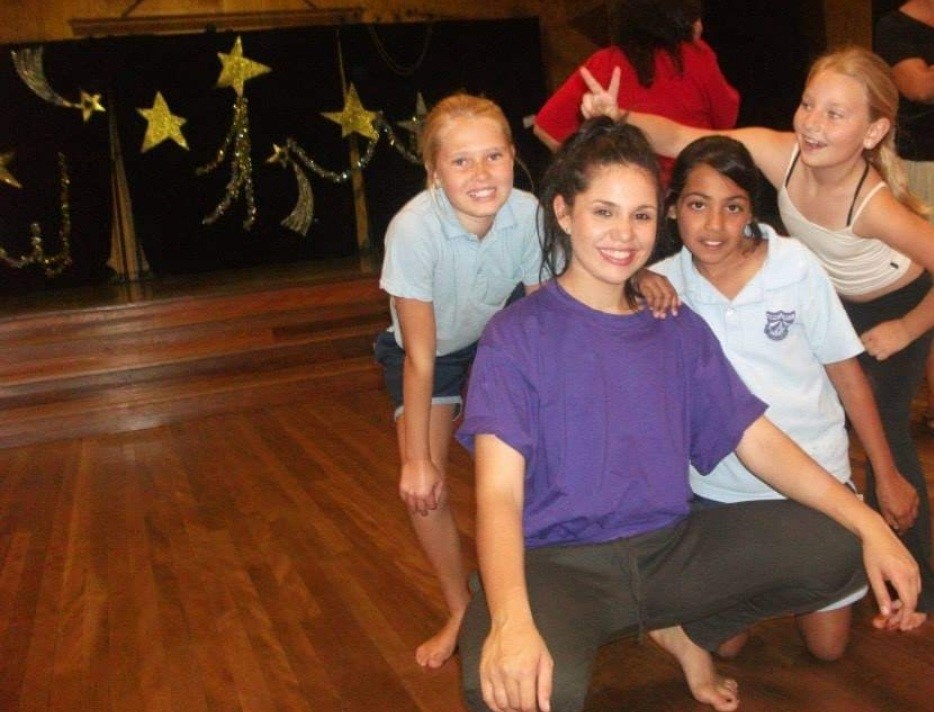
Casey Keed with students at a school dance workshop. Photo: Casey Keed.
Casey said she was blown away by the depth and cultures of the artists in attendance.
“It was such a surprise that out of all the attendees, only one was actually from Ngunnawal Country,” she said. “Everyone else came from somewhere else but shared their experiences of coming here, to Ngunnawal Country, for their own healing and identity.
“It was really special to see how they brought their Country and Ngunnawal Country together, it’s like a fusion for them.”
The group was invited to share individual cultural arts practices during the session, made up of dancers, musicians, and visual artists.
Casey said it was important to provide a safe, culturally appropriate environment for Aboriginal and Torres Strait Islander creatives to come together and learn from each other.
“This cultural gathering was really about finding strength within one another, and an opportunity for those who aren’t from Ngunnawal Country to go ‘Hey, I acknowledge that your identity is placed in another tribe, but there’s strength in the fact we’re all here doing this together’,” she said.
It was one way she hoped barriers between Indigenous and non-Indigenous artists could be broken down.
And Indigenous artists sharing their knowledge for events such as NAIDOC Week and Reconciliation Week could be a good place to start.
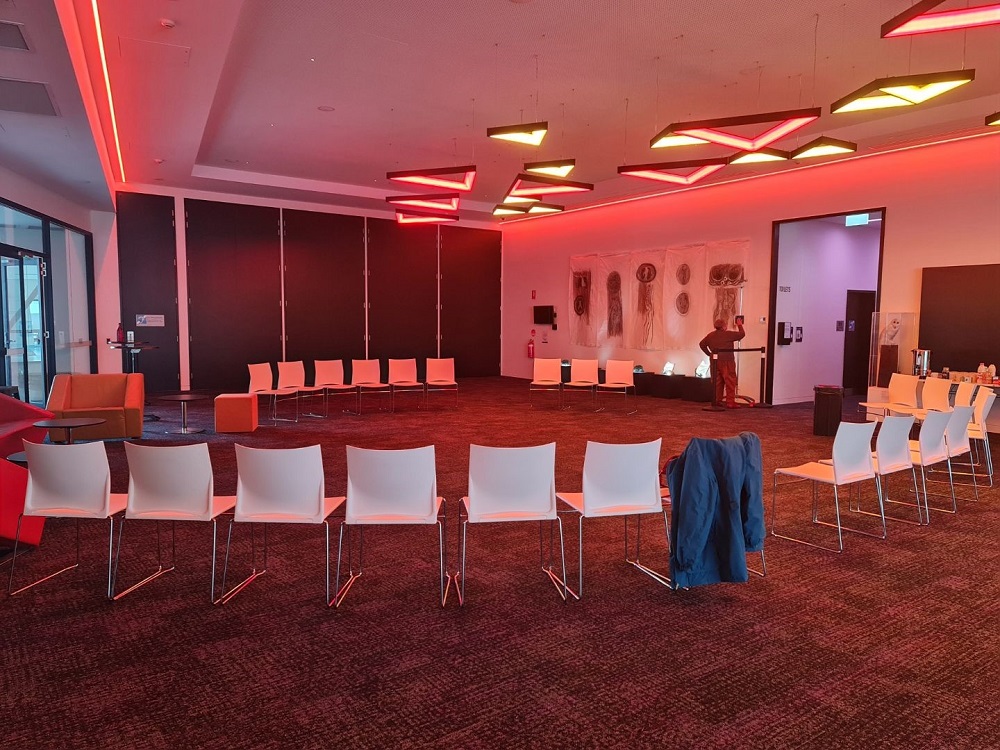
The Yarning Circle at Belconnen Arts Centre hosted Indigenous creatives. Photo: Casey Keed.
“One barrier we face is cultural displacement [the loss of place and belonging] and learning what the boundaries are on the Indigenous Country you’re on.
“I think it’s important for the ACT that we stop bringing in performers or artists from other places and start developing that talent here.”
Casey dreams of opening an Aboriginal and Torres Strait Islander Dance Academy in Canberra.
“I’d love to create opportunities for young dancers, breed some local talent, and make it accessible.
“Accessibility and cultural safety always come up as issues within the arts sector, along with funding and resources.”
Casey, who is studying a Bachelor of Psychology at UC, said there were also several mental health benefits for Aboriginal and Torres Strait Islander artists who not only connected with the Country they were on but with other Indigenous creatives.
“We’re finding a lot of our Indigenous creatives are using their visual artistry as healing for self and for others.
“I think when we talk about fostering Indigenous creatives, we’re making space for healing, but also retelling stories from different perspectives.
“It’s a beautiful thing, and an exciting thing – it reinforces that in a world of reconciliation, we can align those things together for good.”












